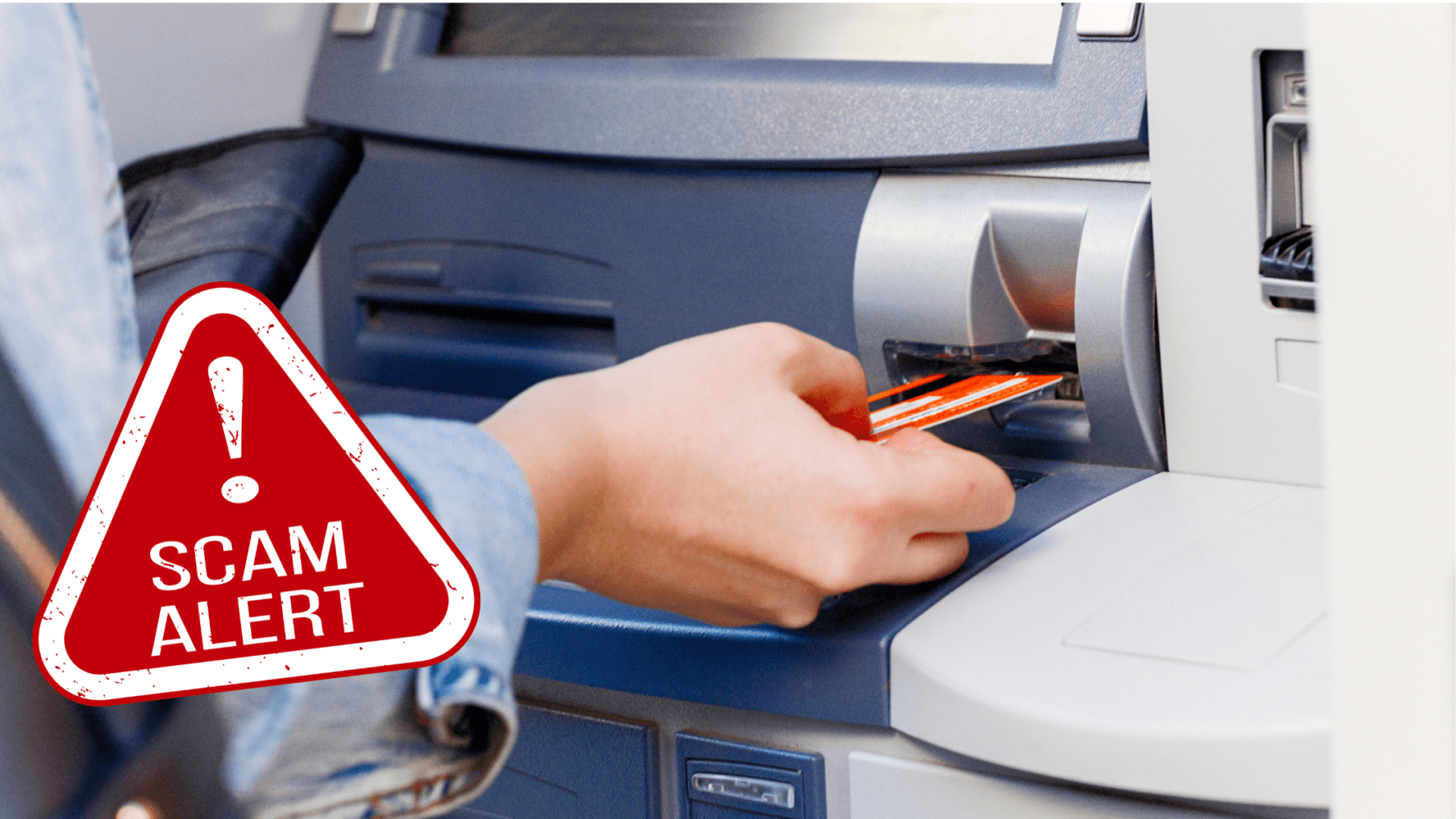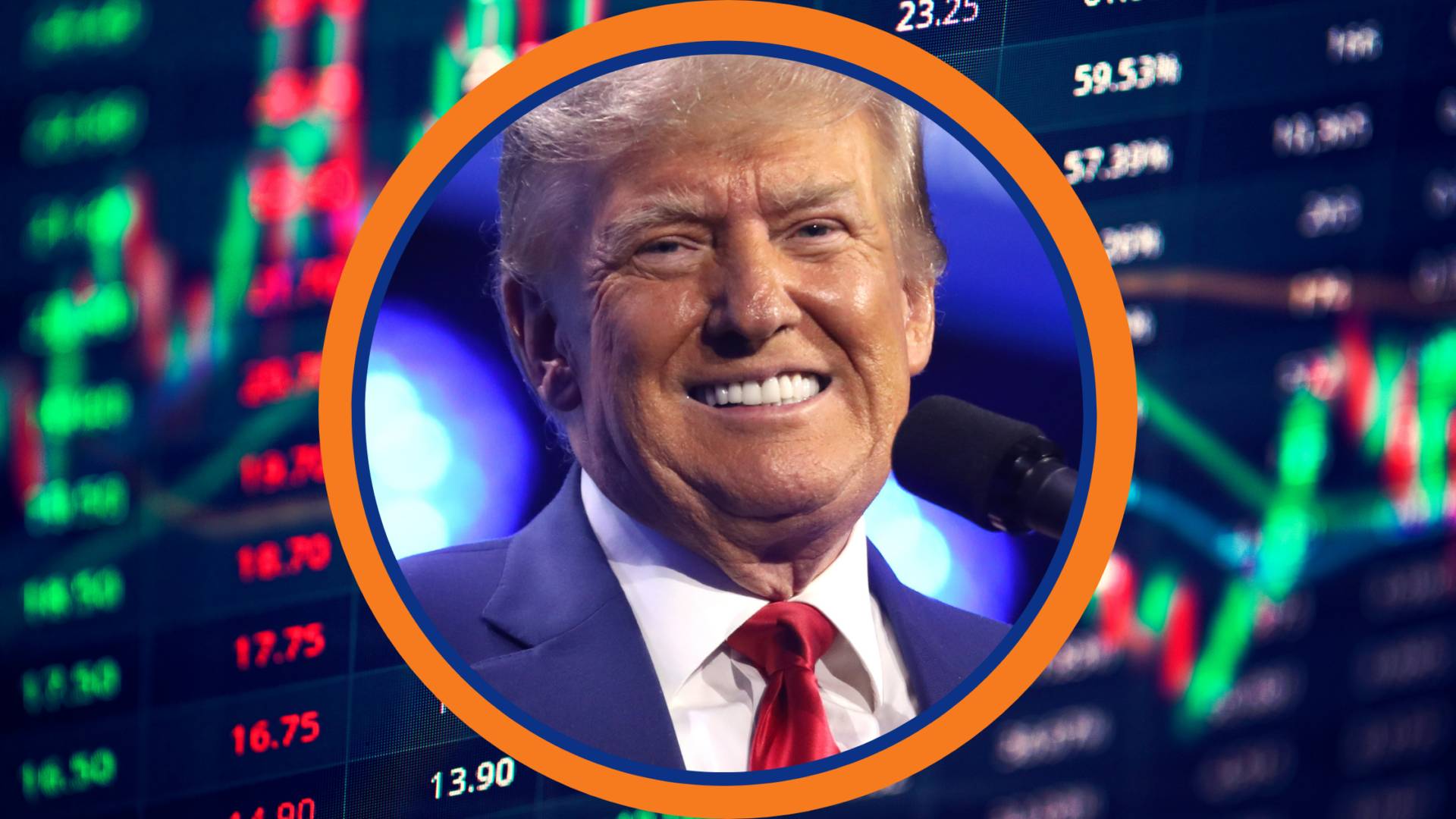A CNN report by Heather Chen and Kathleen Magramo details a striking case of deepfake-enabled fraud. The case involved a finance employee at a multinational corporation who was deceived into transferring $25.6 million after being directed to do so in a video call.
In actuality, the transfer request came from several bogus AI-generated colleagues, including a convincing replica of the company’s chief financial officer (CFO).
From Suspicious Email to Deceptive Deepfake Video
According to Hong Kong police, the employee had initially suspected foul play after receiving a suspicious email from someone claiming to be the UK-based CFO. Despite his early doubts, the worker agreed to join a video call, ultimately believing its legitimacy.
What he didn’t realize is that every participant on the call was an AI-generated deepfake, convincingly mimicking real employees.
“In the multi-person video conference, it turns out that everyone [he saw] was fake,” explained senior superintendent Baron Chan Shun-ching, as reported by Hong Kong’s public broadcaster RTHK.
Trusting the video’s authenticity, the worker authorized a transfer of 200 million Hong Kong dollars—roughly $25.6 million USD.
Deepfakes Fueling Multiple Financial Scams
The case is part of a broader wave of deepfake-related crimes and current scams in the financial industry.
Between July and September 2023, Hong Kong police uncovered eight stolen identity cards used in nearly 90 fraudulent loan applications and over 50 fake bank account registrations. In at least 20 of those cases, AI-generated videos were used to fool facial recognition systems, impersonating the individuals pictured on the ID cards.
Authorities arrested six individuals in connection with these scams.
The deepfake CFO case was only discovered after the duped employee verified the transaction with the company’s real head office.
Training Finance Teams to Preventing Deepfake Bank Scams
Not every bank has the budget for bleeding-edge tech—but every financial team can build habits that help. In a world where AI can fake a face and mimic a voice, the human factor is still your best line of defense.
- Teach your team what fake looks like now: Deepfakes aren’t perfect. Train staff to spot odd lighting, mismatched lip sync, or a voice that feels slightly “off.” Once you know what to look for, you’ll catch more than you think.
- Pick up the phone: Before greenlighting a major transaction, make a quick voice call to a known number. Not a number from the email, not from the meeting invite—one you’ve used before.
- Create speed bumps, not roadblocks: Build in a simple “pause and verify” rule for large or unusual requests. Even a five-minute delay can give enough time for second thoughts or double-checks.
- Make it a team sport: Don’t isolate big decisions. A second pair of eyes on high-risk transfers—ideally from someone in a different chain of command—adds a layer of common sense no algorithm can replicate.
- Keep a record of “safe sources”: Maintain an internal list of verified contacts and communication norms. When something arrives that doesn’t match the pattern, it should raise a flag—even if the face looks familiar.
Global Concern over Deepfakes and AI Misuse
These offshore incidents highlight growing global anxiety about the potential dark side of AI.
Just days before the Hong Kong press briefing, AI-generated explicit images of singer Taylor Swift went viral, garnering tens of millions of views before being removed from social platforms.
The complete version of this financial scam can be found at CNN.



















